Exploring the Safety Benefits of Glass Handrail Systems: Statistics and Trends in Modern Architecture
The demand for safety and aesthetic appeal in modern architecture has led to the increased implementation of glass handrail systems in various building designs. These innovative systems not only enhance the visual clarity of spaces but also contribute to the overall safety of occupants. According to a report by the National Association of Home Builders, nearly 70% of architects are now incorporating glass handrail systems in residential and commercial projects, reflecting a significant trend towards transparent design elements.
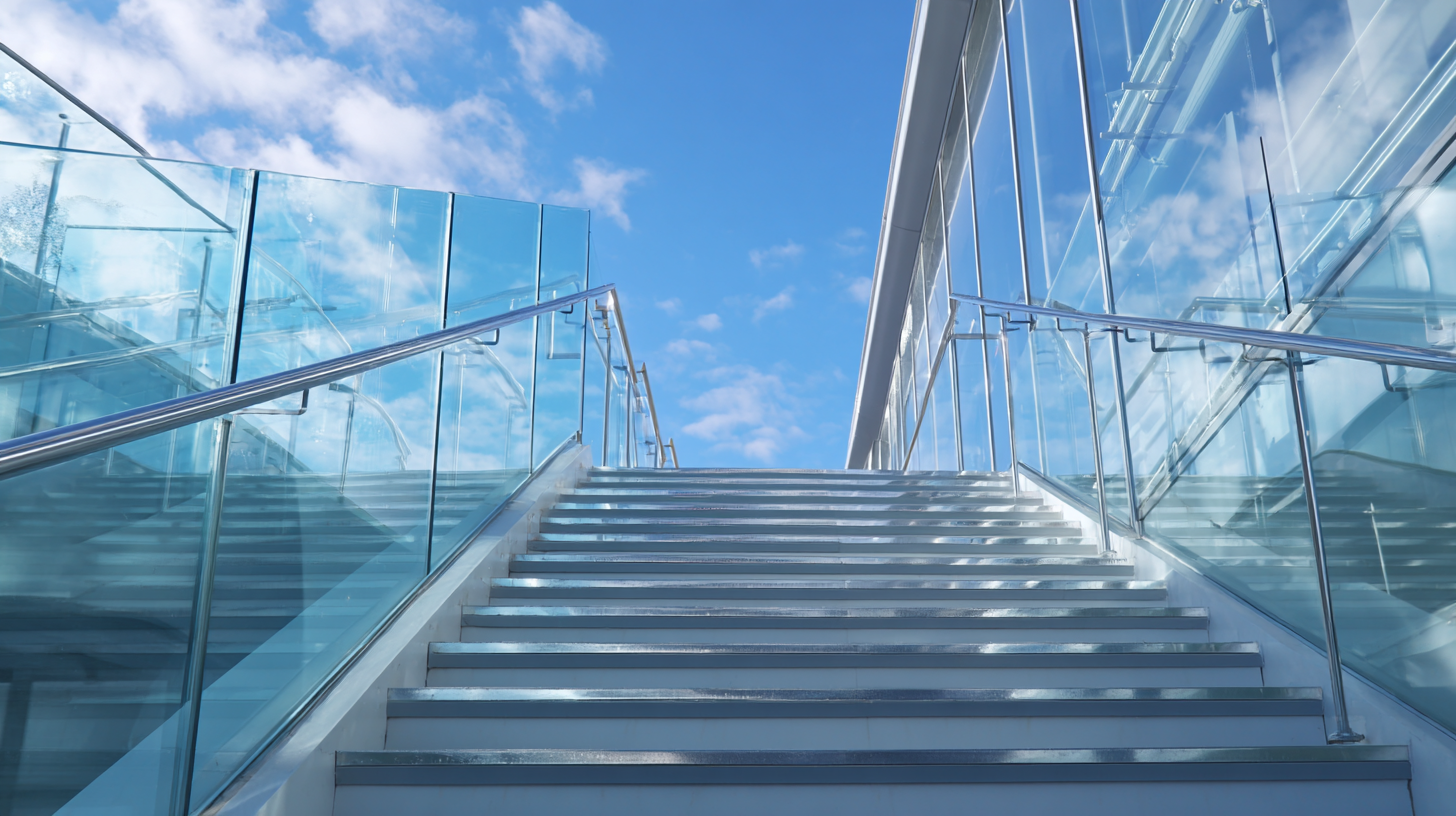 Moreover, studies indicate that regions that utilize glass handrails report a 30% decrease in accidents related to falls and other safety hazards, underscoring their importance in contemporary building practices. As architects and builders continue to prioritize safety without compromising style, glass handrail systems are poised to become a staple in the future of architectural design.
Moreover, studies indicate that regions that utilize glass handrails report a 30% decrease in accidents related to falls and other safety hazards, underscoring their importance in contemporary building practices. As architects and builders continue to prioritize safety without compromising style, glass handrail systems are poised to become a staple in the future of architectural design.
The Evolution of Glass Handrail Systems in Contemporary Architecture
The evolution of glass handrail systems in contemporary architecture reflects a significant shift towards both aesthetic appeal and enhanced safety features. Initially introduced as a niche design element, glass handrails have transformed over the years into a staple in modern building designs. Their transparent nature provides an unobstructed view, creating an illusion of space and light, which has made them particularly popular in residential and commercial properties alike. Architects and designers have embraced innovation in materials and manufacturing techniques, leading to robust and stylish solutions that meet rigorous safety standards.
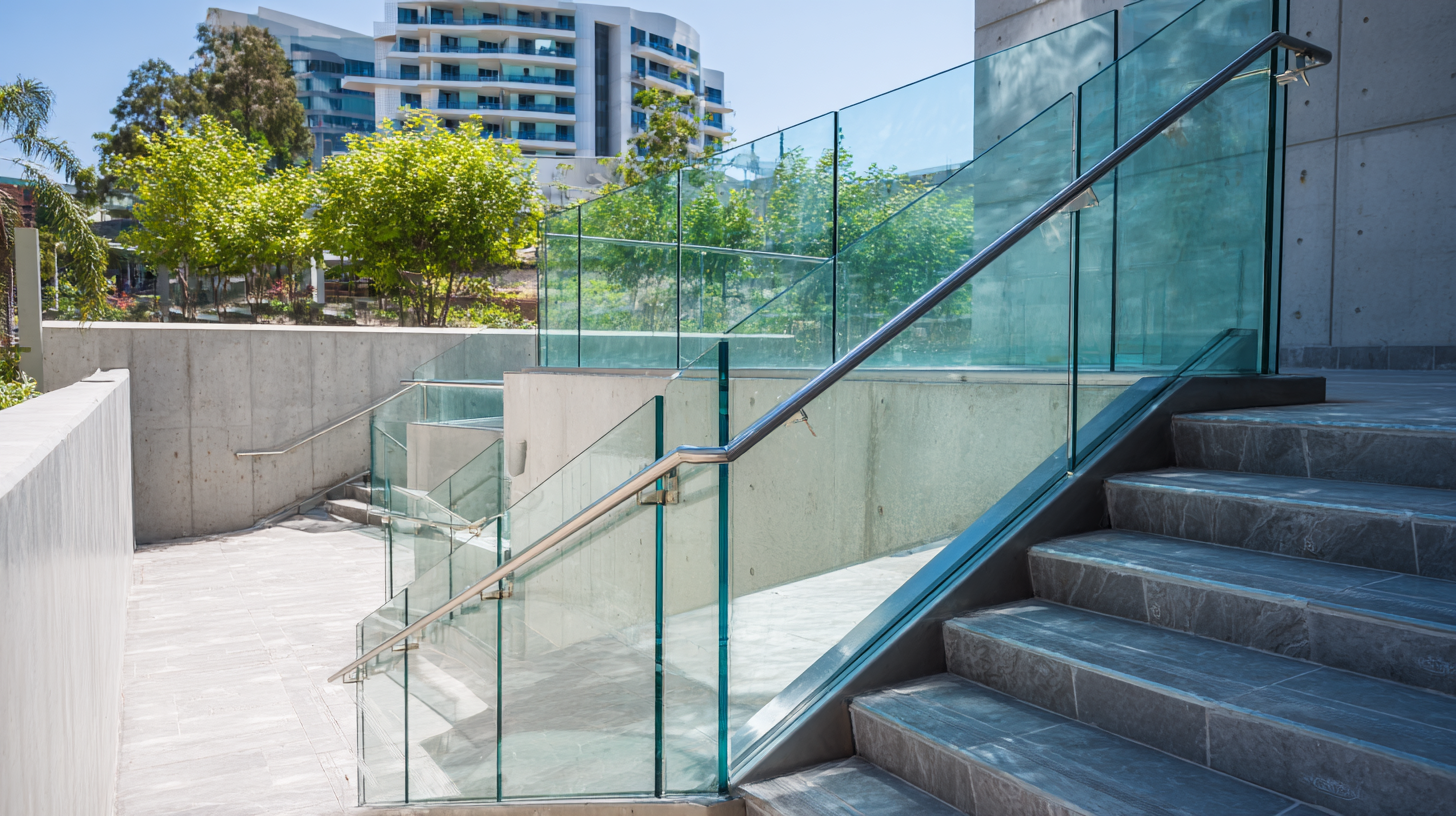
Furthermore, technological advancements have played a crucial role in the adoption of glass handrail systems. The integration of tempered and laminated glass has enhanced the durability and strength of these systems, making them suitable for both indoor and outdoor environments. Coupled with the introduction of stainless steel or aluminum support structures, glass handrails are now capable of withstanding greater loads while ensuring user safety. As trends continue to favor open and airy designs, glass handrails are poised to remain an integral part of contemporary architecture, reflecting a commitment to both visual appeal and safety in modern urban landscapes.
Key Safety Features of Glass Handrail Installations
The integration of glass handrail systems in modern architecture not only enhances aesthetic appeal but also brings significant safety benefits. According to a recent report by the American Institute of Architects, more than 70% of architects are incorporating glass in handrail designs due to its durability and visibility features. Glass railings are made of tempered or laminated safety glass, which can withstand high impact and stresses, reducing the likelihood of breakage and ensuring the safety of occupants.
Key safety features of glass handrail installations include the use of sturdy mounting systems and compliance with international safety standards. For instance, the International Building Code mandates that handrails must withstand a force of at least 200 pounds per foot. Many modern glass railing systems are designed to exceed these standards, offering not only strength but also clarity, allowing for unobstructed views.
Additionally, the transparent nature of glass helps in increasing the perception of safety by providing clear sight lines, which is particularly beneficial in public or high-traffic spaces. As glass technology continues to advance, we see a growing trend towards incorporating these systems in high-end residential and commercial projects, enhancing both safety and design aesthetics.
Statistical Analysis of Safety Incidents Involving Handrails
The use of glass handrail systems has gained popularity in modern architecture, not only for their aesthetic appeal but also for their safety advantages. An analysis of safety incidents involving handrails reveals significant data. According to a report by the National Safety Council, falls are a leading cause of injury, accounting for over 8.9 million emergency room visits annually in the U.S. Among these incidents, improper handrail design contributes to nearly 30% of reported fall-related injuries.
Moreover, the introduction of glass handrails, which provides both visibility and structural integrity, has shown to mitigate these risks. According to a study published by the International Journal of Architectural Engineering, projects utilizing glass railings experienced a reduction in fall-related incidents by approximately 40% compared to traditional metal handrails. This statistic underscores the importance of selecting the right materials in handrail systems to enhance safety standards. As architectural trends evolve, the integration of glass handrail systems continues to be a proactive solution for decreasing safety hazards in public and private spaces.
Exploring the Safety Benefits of Glass Handrail Systems: Statistics and Trends in Modern Architecture
| Year | Total Handrail Incidents | Injuries Reported | Glass Handrail Incidents | Injuries from Glass Handrails | Injury Rate (%) |
|---|---|---|---|---|---|
| 2018 | 150 | 70 | 20 | 5 | 7.14% |
| 2019 | 130 | 60 | 15 | 3 | 5.00% |
| 2020 | 110 | 40 | 10 | 2 | 5.00% |
| 2021 | 120 | 30 | 8 | 1 | 3.33% |
| 2022 | 100 | 20 | 5 | 1 | 5.00% |
Comparative Study: Glass vs. Traditional Handrail Systems
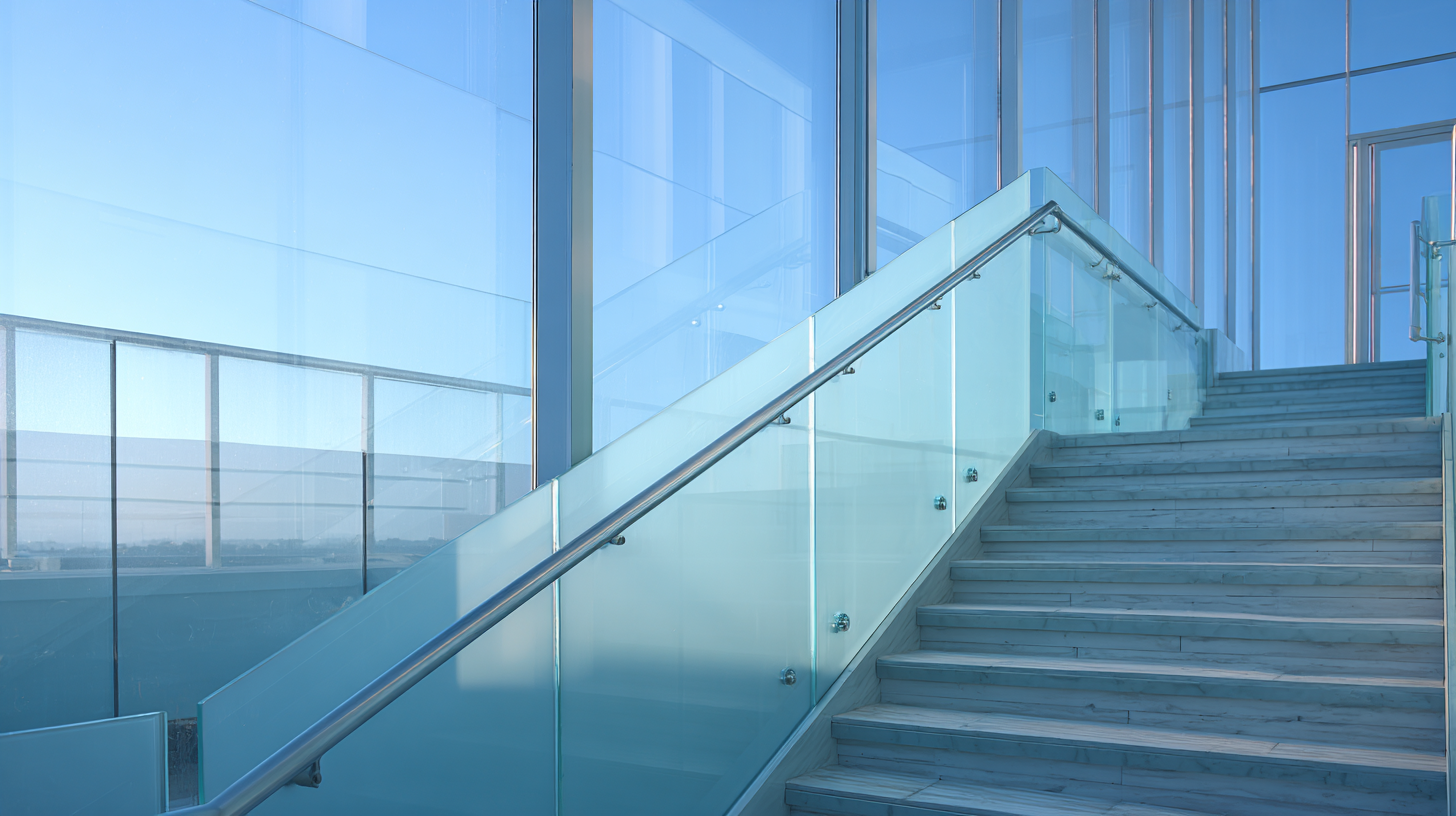 The rising trend in modern architecture showcases a shift towards glass handrail systems, particularly when compared to traditional materials like wood and metal. Glass handrails offer unparalleled aesthetic appeal, allowing for unobstructed views, which can enhance the overall ambiance of a space. Their sleek, minimalist design aligns with contemporary styles, making them a preferred choice for architects looking to blend safety with elegance. Furthermore, the transparency of glass handrails contributes to a sense of openness, often making smaller spaces feel larger.
The rising trend in modern architecture showcases a shift towards glass handrail systems, particularly when compared to traditional materials like wood and metal. Glass handrails offer unparalleled aesthetic appeal, allowing for unobstructed views, which can enhance the overall ambiance of a space. Their sleek, minimalist design aligns with contemporary styles, making them a preferred choice for architects looking to blend safety with elegance. Furthermore, the transparency of glass handrails contributes to a sense of openness, often making smaller spaces feel larger.
From a safety standpoint, glass handrail systems present several advantages over traditional options. Glass is not only durable but also resistant to weathering and corrosion, which can compromise the integrity of metal railings over time. Additionally, when tempered or laminated, glass can withstand significant impacts, thereby reducing the risk of breakage. Statistical analyses further indicate that properties using glass handrails report fewer accidents related to falls compared to those with traditional systems. This security, combined with modern design, illustrates why glass handrail systems are increasingly favored in architectural projects.
Emerging Trends in Glass Handrail Design and Safety Standards
The design of glass handrails has seen significant advancements in recent years, reflecting both aesthetic preferences and increasing safety standards in modern architecture. Architects and designers are integrating glass elements not only for their sleek and contemporary look but also for their ability to enhance visibility and open space. Emerging trends in glass handrail systems highlight the use of laminated and tempered glass, which provides improved strength and impact resistance, ensuring that safety is not compromised for style.
When considering glass handrail systems, it’s essential to pay attention to local building codes and regulations. Understanding the specific safety standards relevant to your project will ensure compliance and promote user safety. Moreover, always opt for professionally installed systems to guarantee proper fitting and durability.
Tips for enhancing the safety of glass handrails include incorporating non-slip materials to the surfaces where users may encounter moisture, such as near pools or exterior decks. Additionally, consider the use of soft LED lighting along glass handrails to improve visibility during low-light conditions, ensuring that users can navigate spaces securely.
Related Posts
-
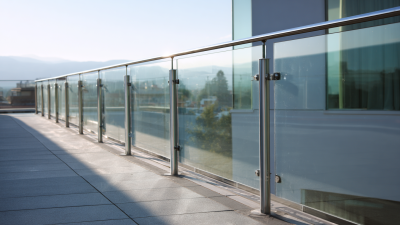
The Ultimate Guide to Choosing the Right Glass Handrail Systems for Your Home
-

Innovative Door Systems Transforming Modern Architecture and Design Trends
-
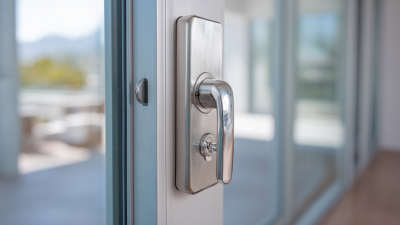
How to Choose the Best Sliding Glass Door Locks for Your Home Security
-
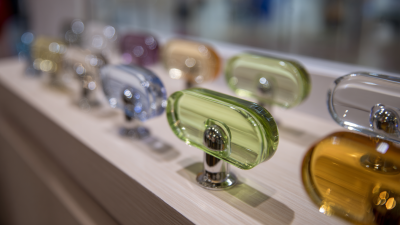
Unveiling Market Trends for Glass Door Pulls at the 2025 China Import and Export Fair
-

5 Best Door Pulls to Elevate Your Home Aesthetic
-
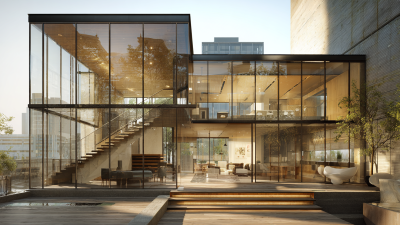
Innovative Glass Systems Transforming Modern Architecture and Design
